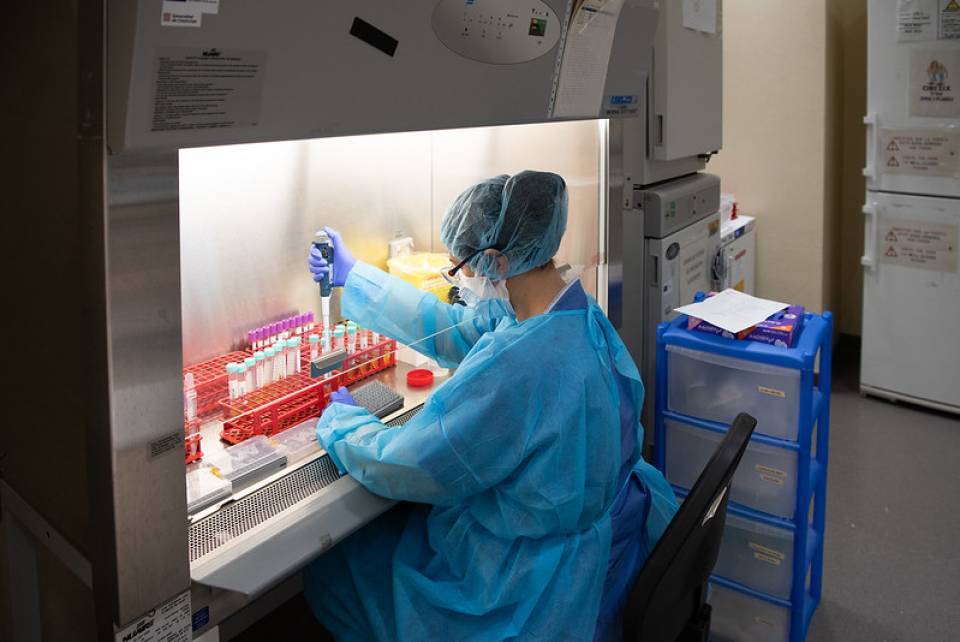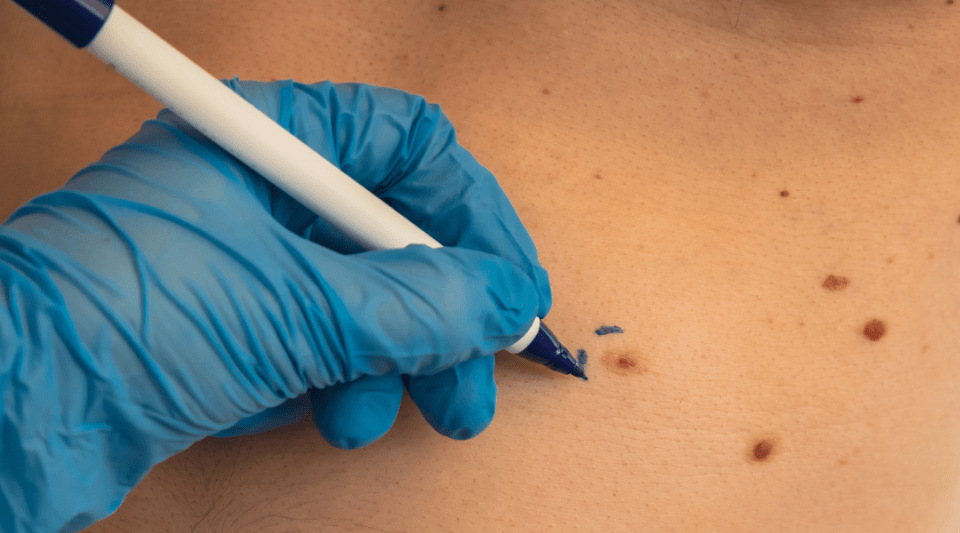The immune system's main function is to eliminate external invaders and manage internal ones. This sophisticated system has different mechanisms that distinguish between its own and foreign elements. Examples of external invaders are viruses, bacteria or parasites, while cancer cells, for example, would be internal invaders. Autoimmune diseases develop when this ability to differentiate between internal and external elements is impaired. As a consequence, the system loses control and attacks its own healthy tissues.
This ‘auto-attack’ can be selective and cause autoimmune disease in only one organ, or it may be non-selective and cause a generalised disorder (systemic autoimmune disease). Some of the most common organ-specific autoimmune diseases are autoimmune thyroiditis, infantile or juvenile diabetes, rheumatoid arthritis and psoriasis. Systemic autoimmune diseases include systemic lupus erythematosus, systemic sclerosis, inflammatory myopathies and vasculitis. Around 20% of the population suffers from an autoimmune disease, and about one hundred different conditions have been described.
Just like an army, the immune system has different divisions: cell-mediated immunity, humoral immunity, immunological memory, macrophages, monocytes and dendritic cells. Cell-mediated immunity is composed of cells known as T-lymphocytes, which are able to produce toxic substances called cytokines. We can think of them as army tanks that recognise external agents, attack them and destroy them. Humoral immunity is composed of B-lymphocytes, which produce antibodies known as immunoglobulins. Their job is to neutralise invading elements. B-lymphocytes recognise the foreign invader with the help of T-lymphocytes, which notify the B-lymphocytes that a foreign invader has entered the body.
The immune system also has an additional function: the ability to remember. Antibodies can be rapidly released upon a second attack by the same invading element, because these cells have the capacity for memory. A third division is made up of cells known as macrophages (found in the tissues) or monocytes (found in the bloodstream) and other cells called dendritic cells. They ‘patrol’ the body and when they find the enemy, they capture it and hand it over to the T-lymphocytes.
Fortunately, in the past 35 years there has been an explosion in autoimmune disease research. A research team (now part of IDIBAPS) which was created at Hospital Clínic in 1986 is dedicated to researching these diseases, and since 1995 the hospital has also had a Department specifically dedicated to monitoring and treating patients with systemic autoimmune diseases, a pioneer in Spain.
Meanwhile, it has become possible to stabilise diseases such as lupus and type 1 diabetes, allowing sufferers to lead almost normal lives. New treatments have also been found for rare diseases such as vasculitis, and the progression of diseases such as arthritis can also now be delayed. However, there is still no cure for these pathologies. Research is leading to improved knowledge about these diseases, and allows more effective drugs to be found that can control and eventually cure them.




